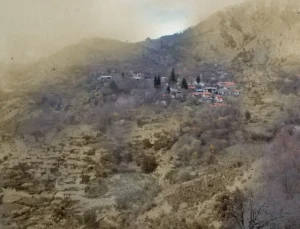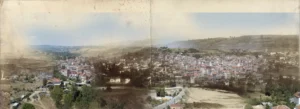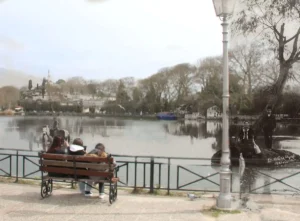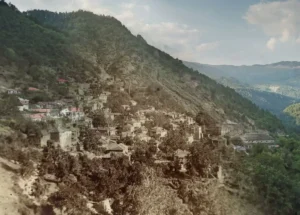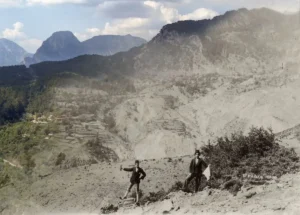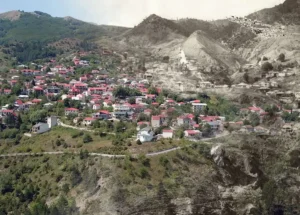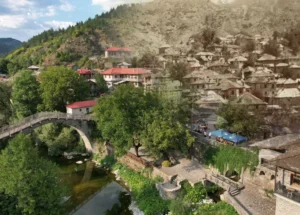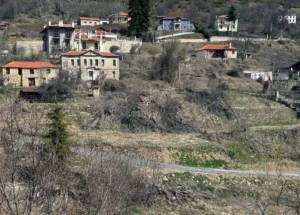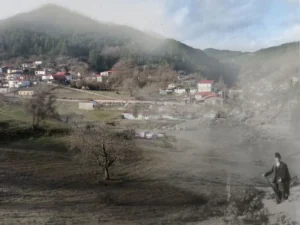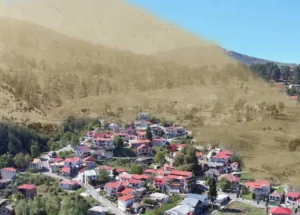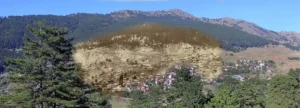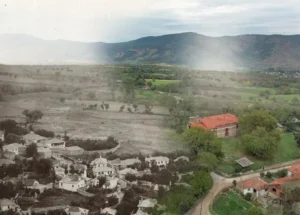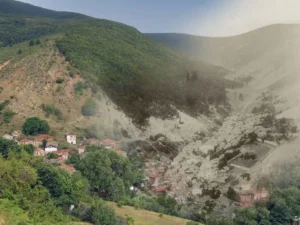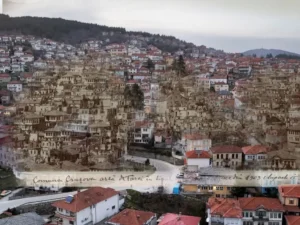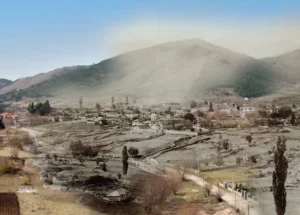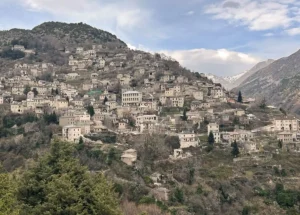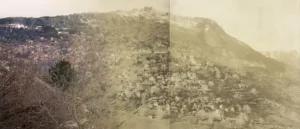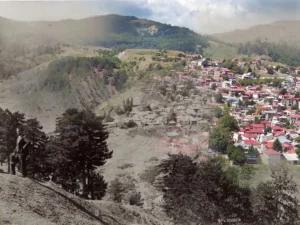Iliochori was called Dobrinovo until the 1920s, which in Slavic means “good beginning”. The village’s beginnings are unclear but can be traced back to the 11th century or earlier. By 1431, during the Ottoman census, Dobrinovo had existed for centuries and had a population of 1,180 Vlachs, making it a town by the standards of the time, despite its isolated location deep in the mountains. Documents reveal fascinating details about the village’s level of organization. Around 1616, the community reached an agreement with a doctor to serve as the village physician in exchange for a fixed sum, paid regularly. The doctor was required to treat everyone for free, although prescribed medicines were paid for individually. Remarkably, despite being in an isolated valley at an altitude of 1,600 meters, these negotiations were conducted as if it were modern times!
Dobrinovo was never just a remote mountain village. In the wintertime, the residents crafted goods, which they sold in the summer via caravans that crossed the Balkan Mountains and reached the Danube. The village thrived in the late 19th century, as evidenced by the Mankia Brothers’ photograph, but the Spanish flu and Dobrinovo’s heavy destruction by the Germans in World War II erased its former glory.
In the middle of the square stands a giant plane tree, believed to have been planted during the founding of the village. It is considered the largest in Greece, with a circumference of 11 meters and its branches extending over 30 meters. It remains majestic, showing no signs of losing vitality, even though Dobrinovo is now just a shadow of its historic wealth.



